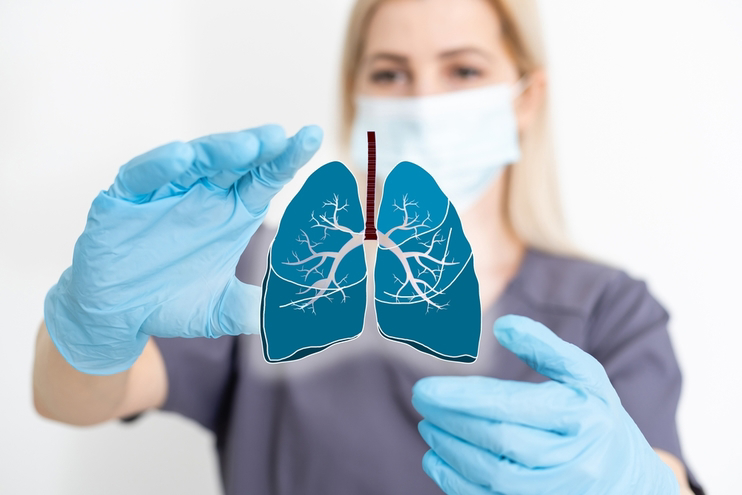Introduction
As the cold seasons approach, so does the increased risk of chest infections. Chest infections, including pneumonia and bronchitis, are common ailments that can escalate quickly, especially in colder weather. Understanding their causes, symptoms, and most importantly, prevention and chest infection treatment methods is crucial for maintaining respiratory health during the winter months. In this article, we will explore the different types of chest infections, their symptoms, and effective treatments, with a focus on pneumonia and bronchitis.
Understanding Chest Infections
Chest infections are typically caused by viruses or bacteria, leading to inflammation in the airways and lungs. When left untreated, these infections can develop into serious conditions such as pneumonia or bronchitis. Pneumonia is characterized by inflammation in the air sacs of the lungs, leading to difficulty in breathing and severe coughing. Bronchitis, on the other hand, involves inflammation of the bronchial tubes, resulting in persistent coughing, chest discomfort, and excess mucus production.
Recognizing the Symptoms
Recognizing the symptoms of chest infections is vital for early diagnosis and treatment. Common signs include persistent cough, chest pain, shortness of breath, wheezing, and fever. If these symptoms persist for more than a few days or worsen, seeking medical attention is imperative.

Prevention Strategies
Preventing chest infections, especially during the cold seasons, involves adopting healthy lifestyle habits and being cautious in specific environments. Here are some preventive strategies:
- Frequent Handwashing: Proper and regular handwashing with soap and water can significantly reduce the risk of viral infections, including those that cause chest infections.
- Vaccination: Getting vaccinated against influenza and pneumonia can strengthen the immune system, reducing the likelihood of severe chest infections.
- Avoiding Crowded Places: During peak flu seasons, avoiding crowded places can minimize the risk of exposure to infected individuals.
- Healthy Diet and Exercise: Maintaining a balanced diet and regular exercise routine strengthens the immune system, making the body more resilient to infections.
- Adequate Rest: Proper rest and sleep are essential for a healthy immune system. Lack of sleep can weaken the body’s ability to fight off infections.
Treatment Methods
When chest infections strike, timely and appropriate treatment is crucial. Let’s explore the treatment options for pneumonia and bronchitis.
Pneumonia Treatment
- Antibiotics: Bacterial pneumonia is treated with antibiotics prescribed by a healthcare professional. Completing the full course of antibiotics is vital to prevent the infection from recurring and to ensure all bacteria are eradicated.
- Pain and Fever Relief: Over-the-counter pain relievers and fever reducers can help manage symptoms. It’s important to consult a healthcare provider for suitable options and dosages, especially for elderly individuals or those with underlying health conditions.
- Rest and Hydration: Adequate rest and staying hydrated are essential components of pneumonia recovery. Rest allows the body to focus its energy on fighting the infection, while hydration helps loosen mucus and soothe the throat.
- Hospitalization: In severe cases, hospitalization might be necessary, especially for individuals with weakened immune systems, the elderly, or young children. Hospital treatment can involve intravenous antibiotics and oxygen therapy.
Bronchitis Treatment
- Rest and Hydration: Like pneumonia, rest and staying well-hydrated are fundamental in bronchitis treatment. Avoiding irritants such as smoke and pollutants is also crucial.
- Bronchodilators: For bronchitis caused by underlying conditions like asthma or chronic obstructive pulmonary disease (COPD), bronchodilators can help open the airways, making breathing easier.
- Cough Suppressants and Expectorants: Cough suppressants can alleviate persistent coughing, while expectorants help thin and loosen mucus, making it easier to clear the airways.
- Humidifier Use: Using a humidifier in the bedroom can add moisture to the air, soothing irritated airways and reducing coughing.
Conclusion
Chest infections can be debilitating, especially in cold seasons when the risks are higher. By understanding the symptoms, adopting preventive measures, and seeking timely medical attention, individuals can effectively manage and treat chest infections. Whether it’s pneumonia or bronchitis, the key lies in a combination of medical intervention, proper rest, hydration, and a healthy lifestyle. Being proactive about respiratory health is the first step in preventing and overcoming these common winter ailments, ensuring a healthier and happier winter season for everyone.

